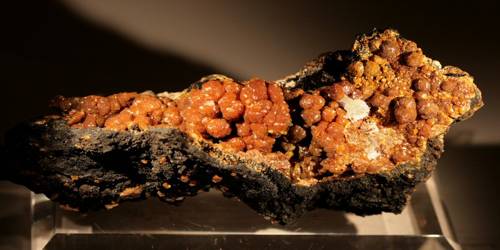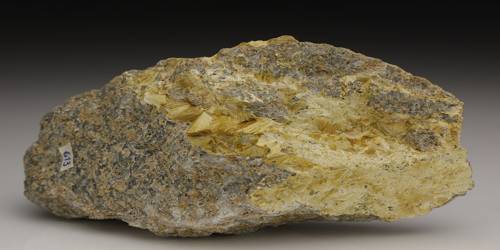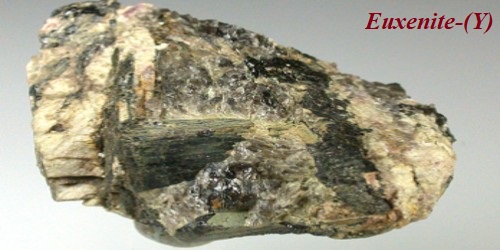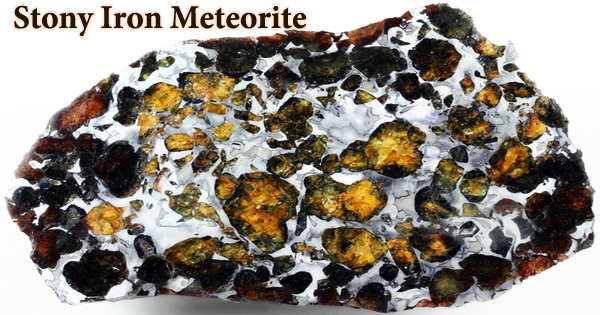Campylite is a variety of the lead arsenate mineral mimetite which received the name from the Greek ‘kampylos’- bent, on account of the barrel-shaped bend of its crystals. It is a mineral, a variety of mimetite or arsenate of lead, in which phosphorus largely replaces arsenic. It is found in Cumberland, England. The crystals are curved; hence the name. It has also been used as an alternate name for pyromorphite. Its rare habit is large, stubby, hexagonal crystals.
General information
- Formula: Pb5(AsO4)3Cl
- Name: From the Greek ‘kampylos’ – bent, on account of the barrel-shaped bend of the crystals.
- A variety of Mimetite
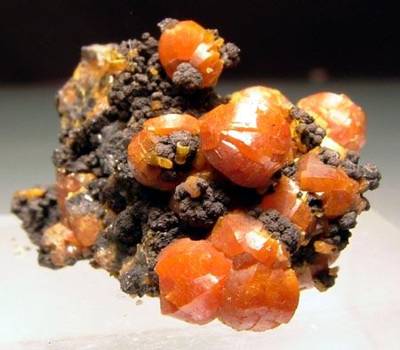
Properties
- Color: Light yellow, lemon-yellow, dark yellow, orange, brown, reddish-brown, and yellow-green.
- Streak: White
- Hardness: 3.5 – 4
- Crystal System: Hexagonal
- Transparency: Transparent to translucent
- Specific Gravity: 7.0 – 7.3
- Luster: Resinous to adamantine
- Cleavage: Indiscernible
- Fracture: Subconchoidal to uneven
- Tenacity: Brittle
Occurrence
It occurs in the upper lead deposits through the oxidation of galena or cerussite. It occurs in small, slender, prismatic crystals and in mammilary and botryoidal crusts.The main deposits are Pribam in Bohemia and Dry Gill, Caldbeck Fells, near Wigton, Cumbria, England.
Also occurs as wedge-shaped crystals, acicular, radiating, reniform, encrusting, and in curvy and fibrous aggregates. Some larger crystals may be hollowed out on the ends or have a hopper growth pattern.
Information Source;
